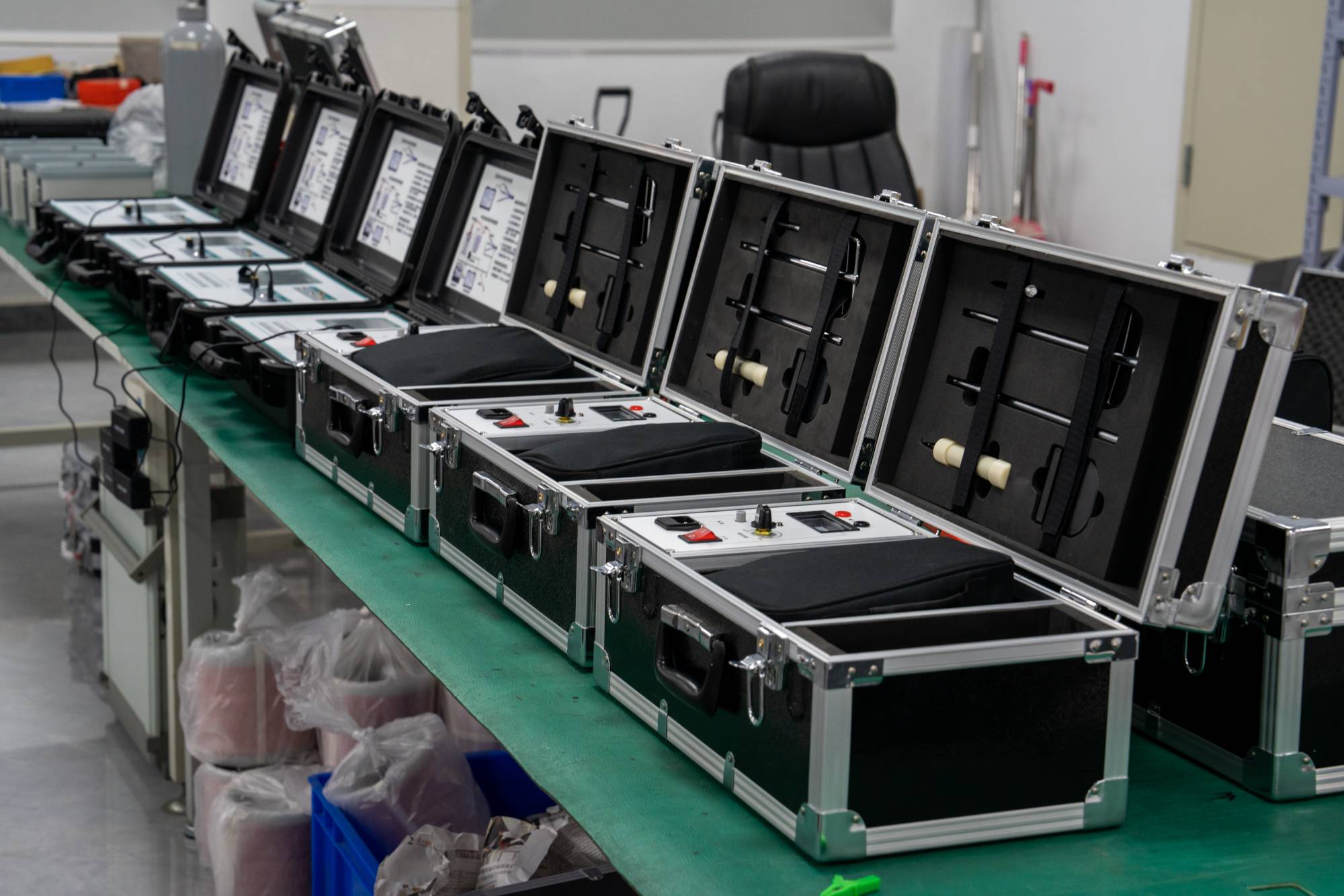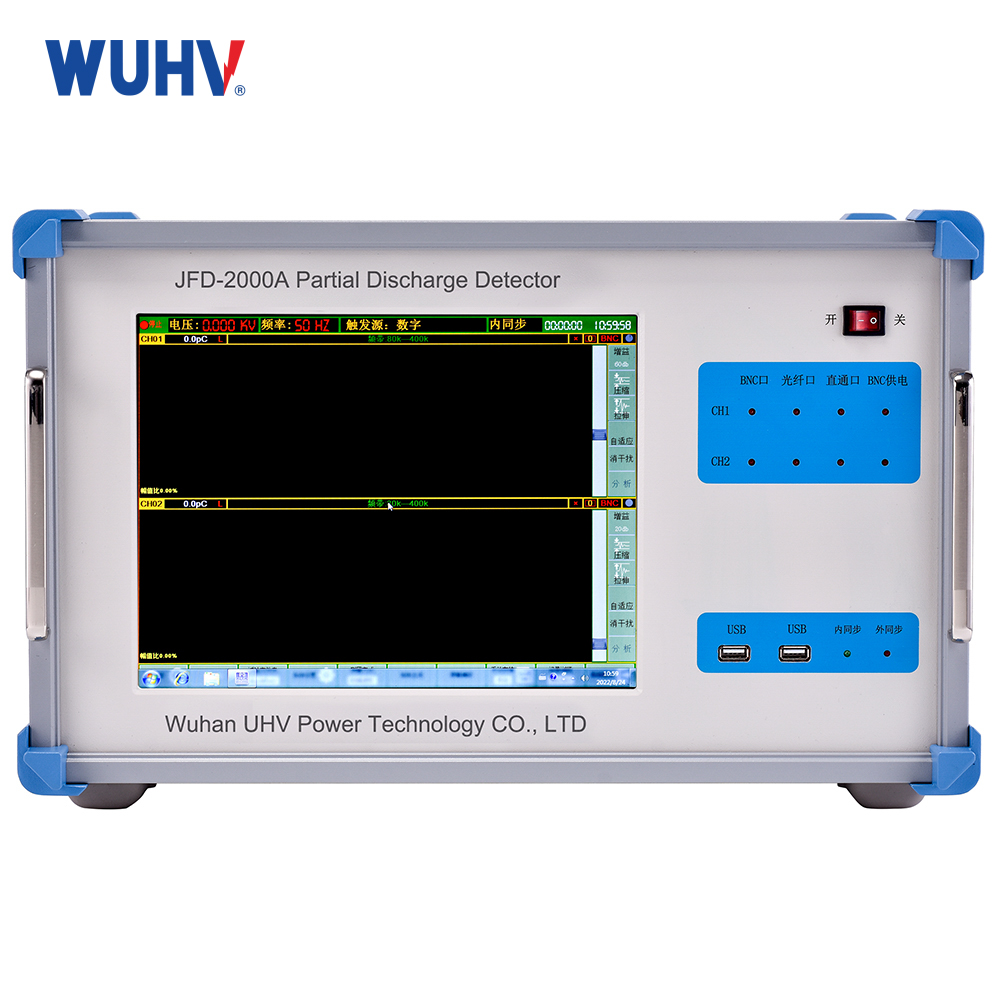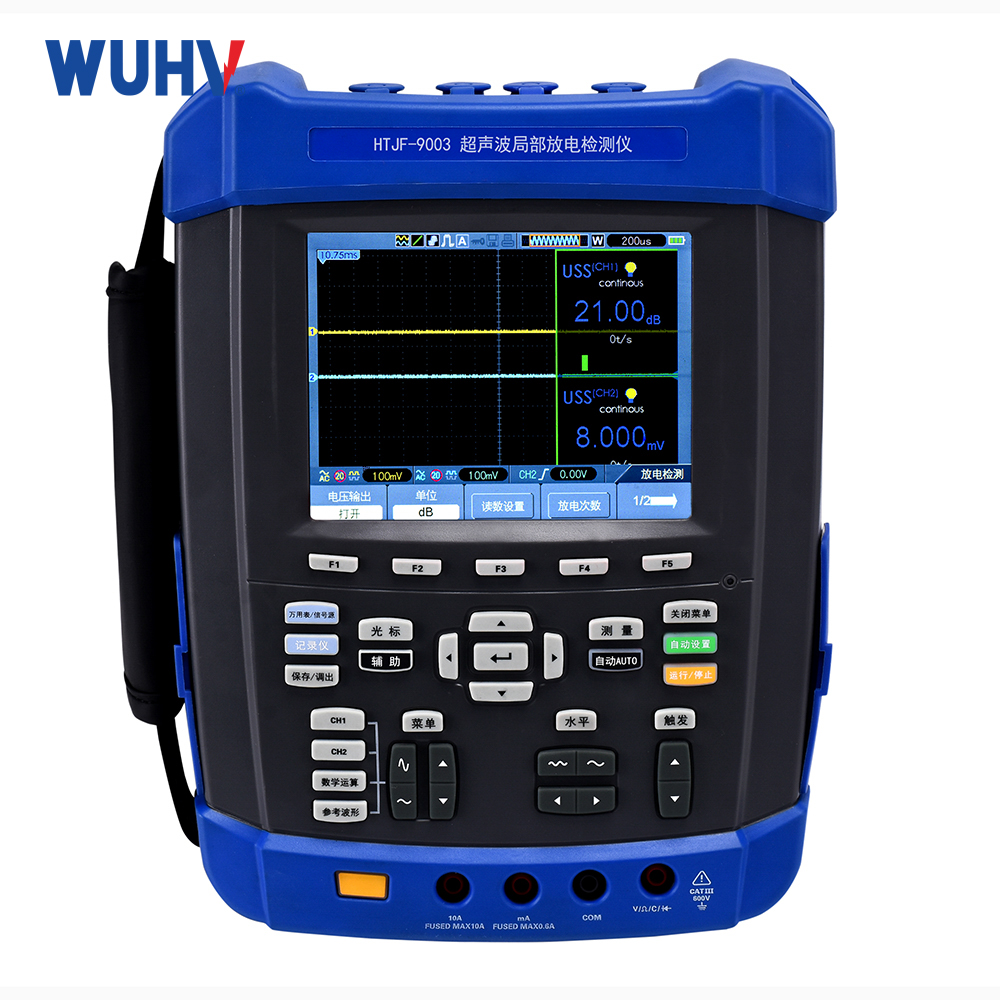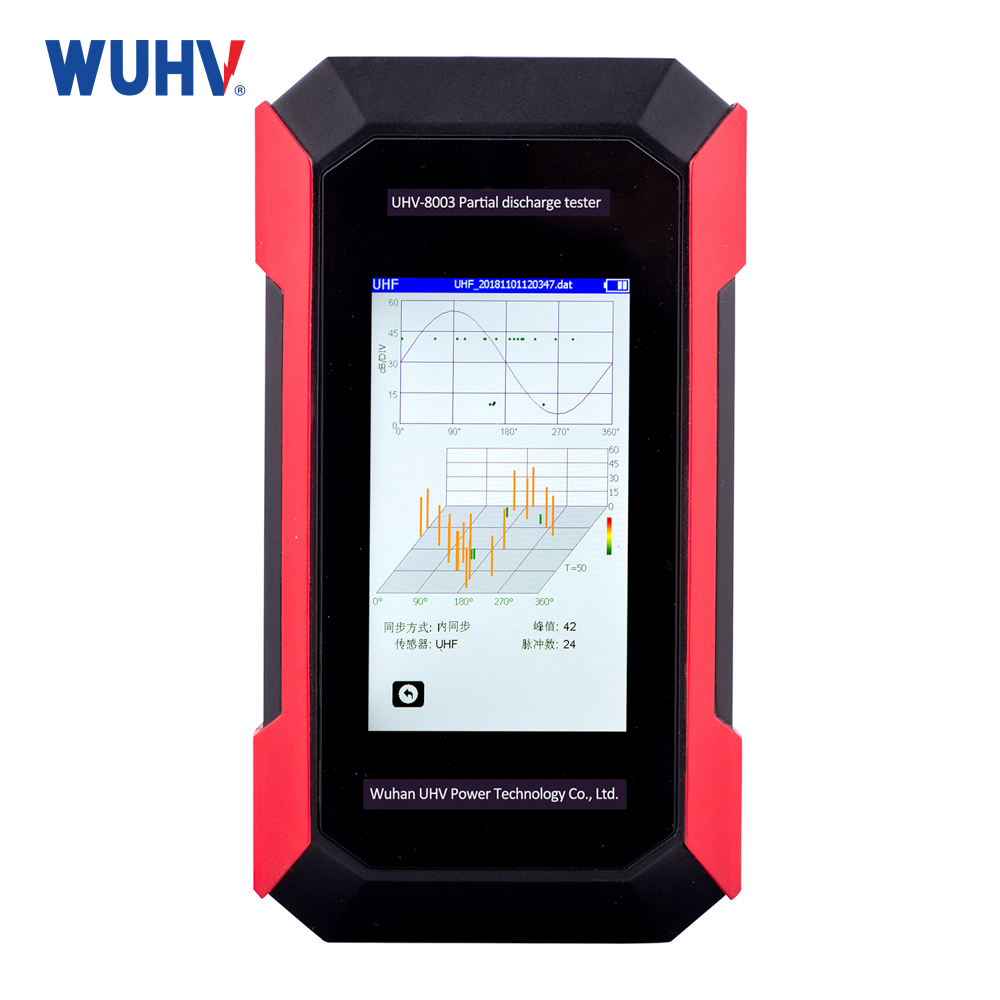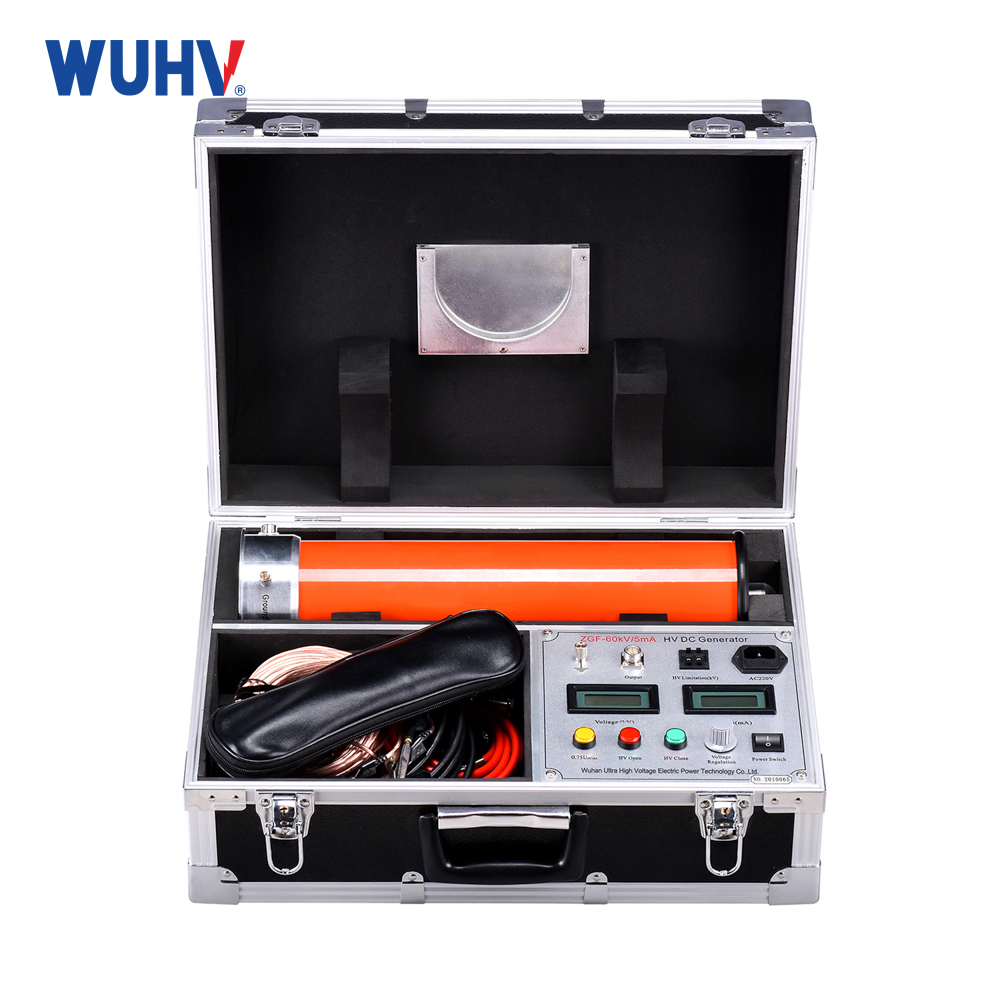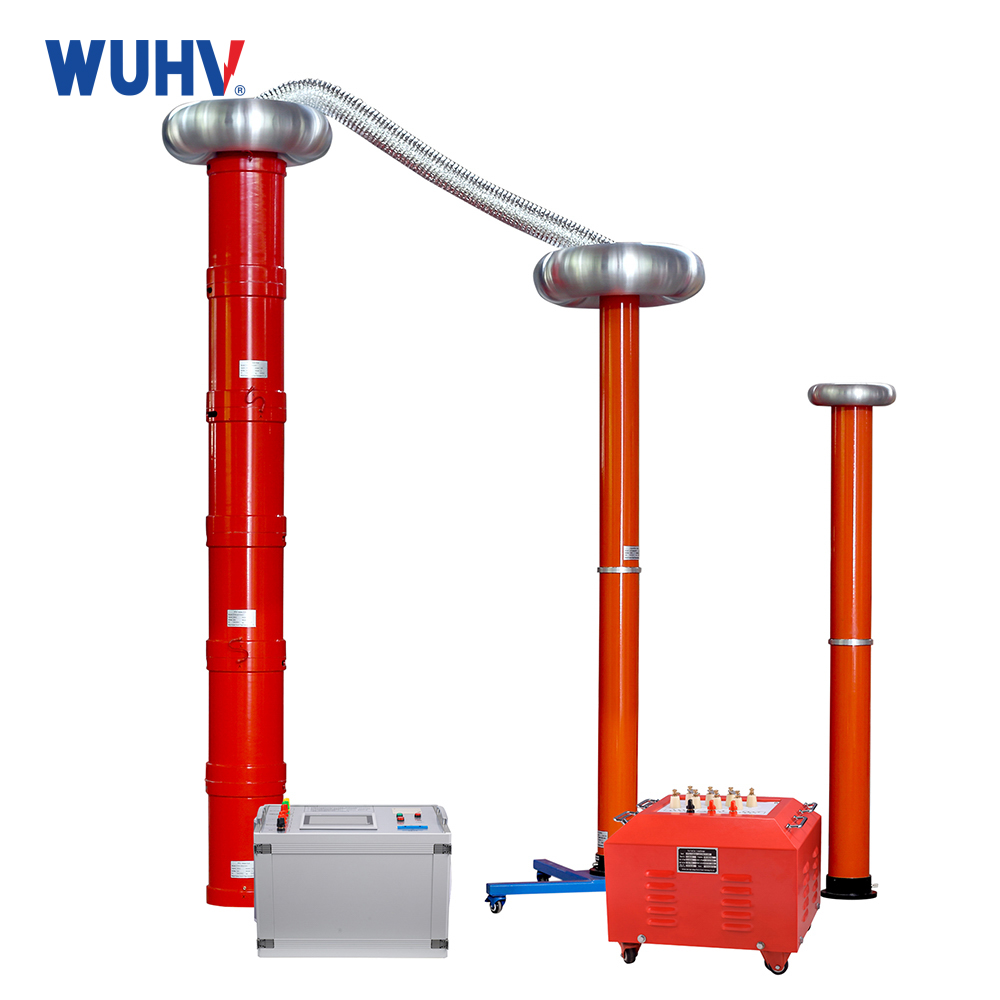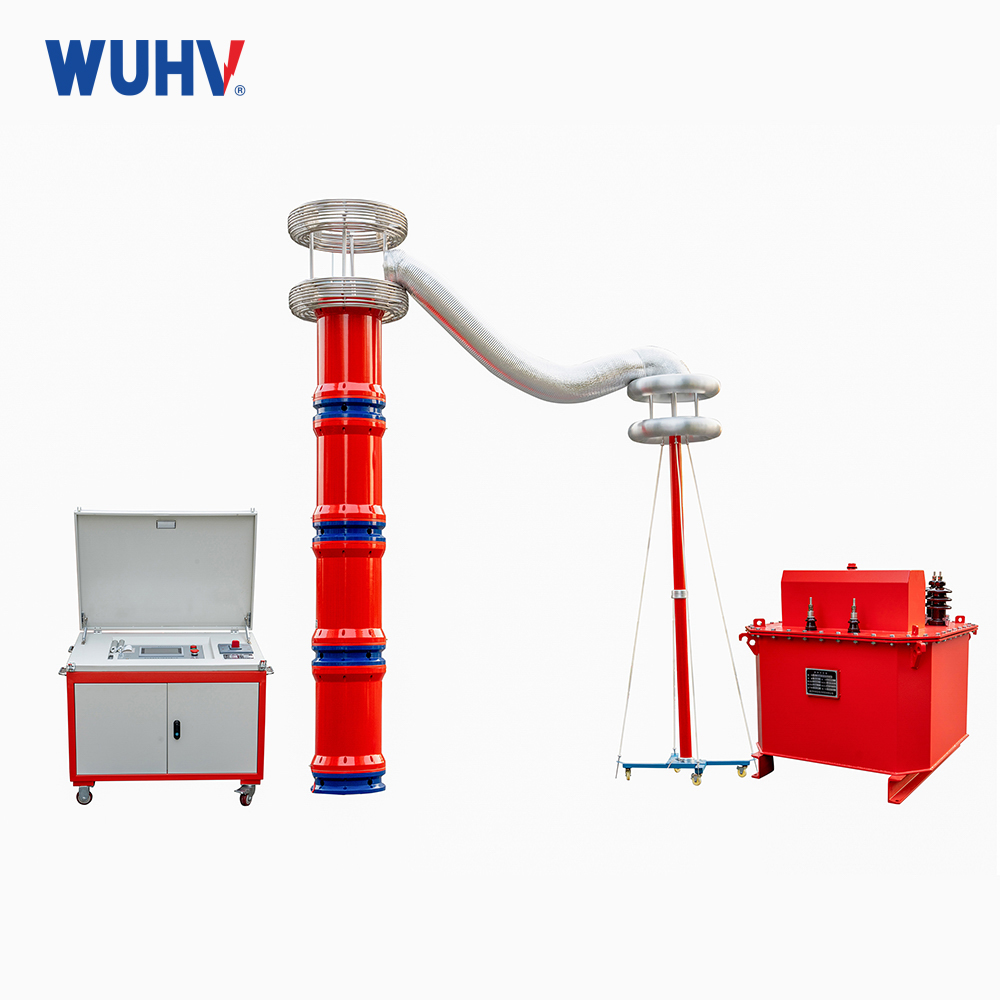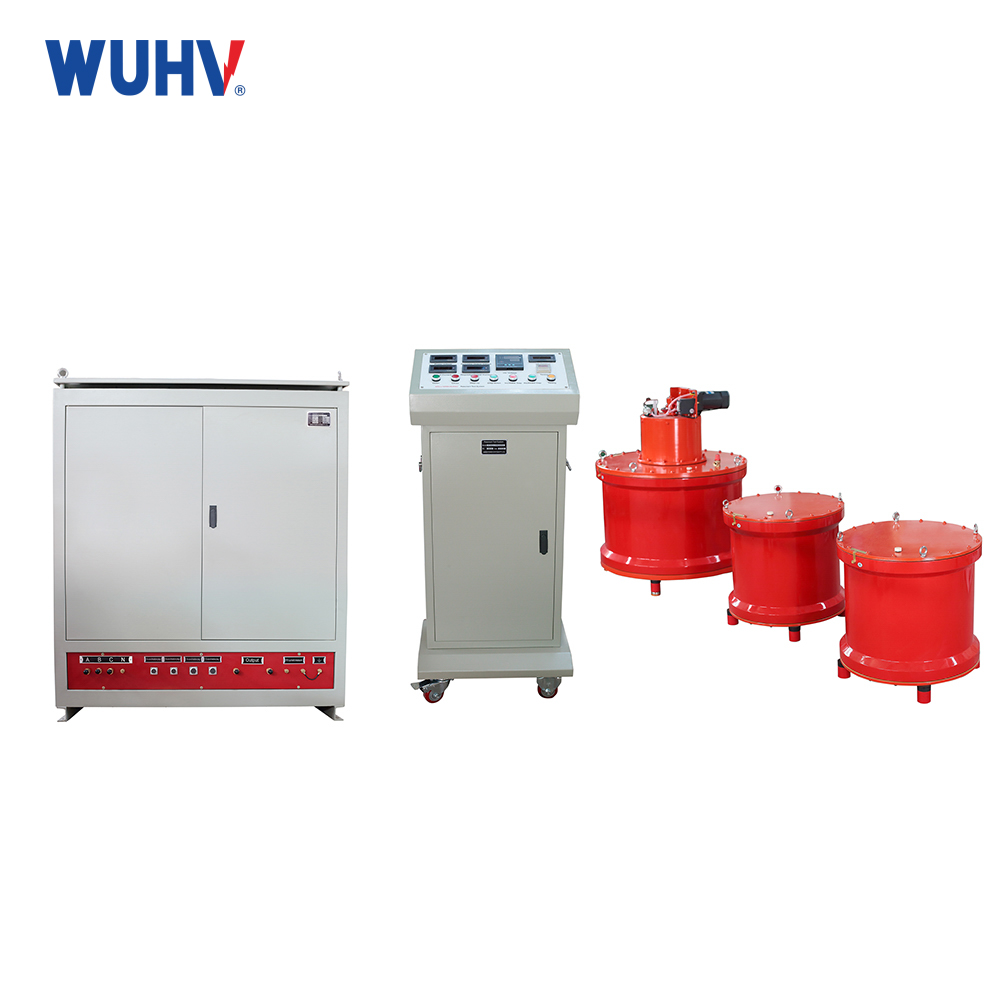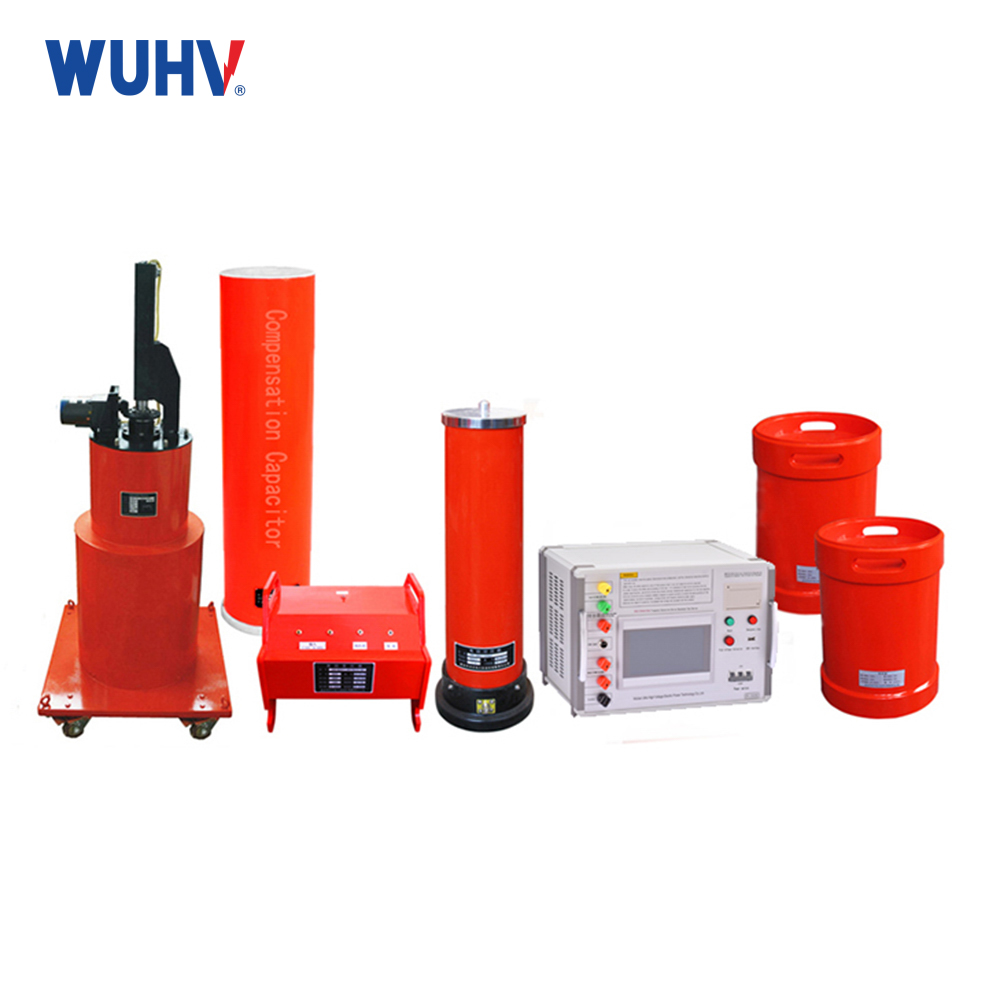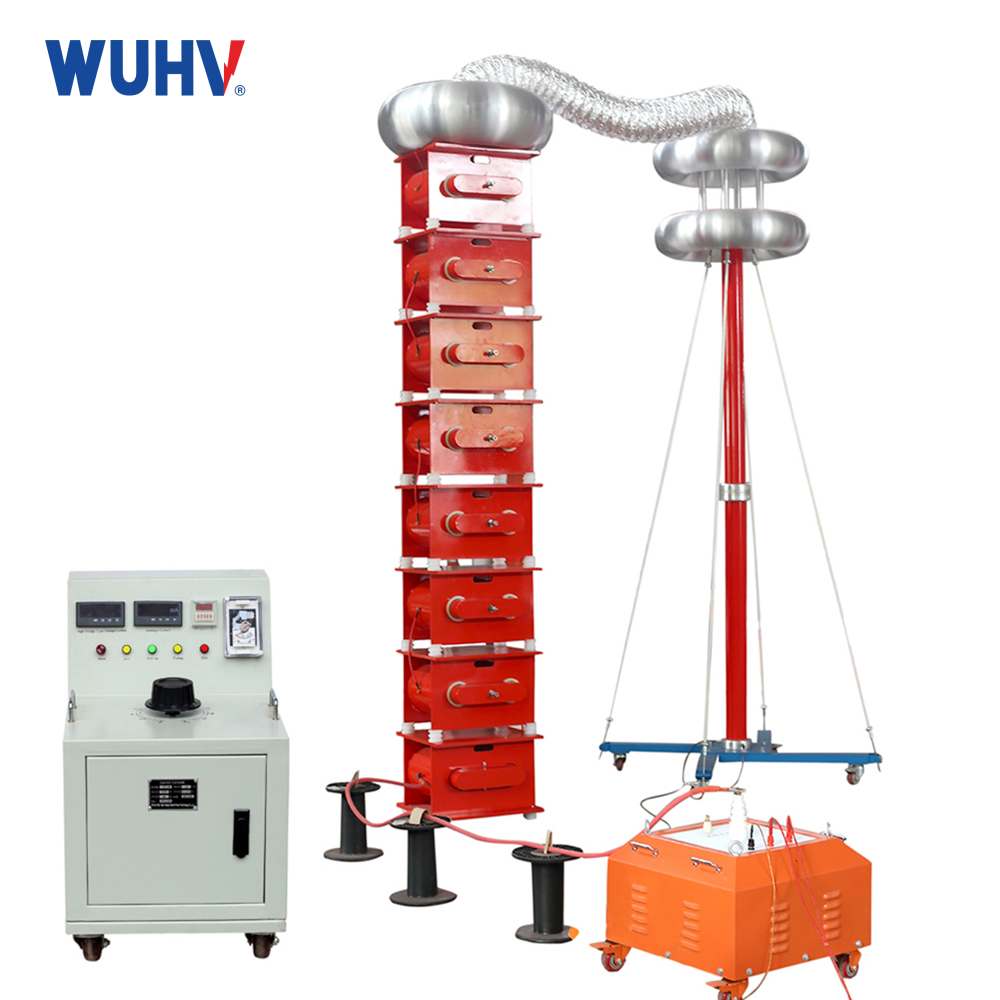The cable fault tester under UHV power can help many power workers conduct various power tests more conveniently.
The first point is that after connecting the circuit using the multi pulse method, if the test waveform is not ideal, it is normal to apply high voltage impact for the first time. Because the distance of the fault is not known in advance, the electrical strength of the fault point is unclear. If the impulse voltage is not high enough and the fault point is not penetrated by the impulse high voltage, the fault echo cannot be collected. You can only see the waveform of the open terminal. The pulse voltage must be increased until the fault echo is seen.
Secondly, sometimes the fault point is far away from the testing end and the echo is weak. Therefore, it is necessary to adjust the "length selection" to obtain a stronger fault echo. The cable fault tester has three states: "short distance", "medium distance", and "long distance". Short range is suitable for fault detection within 1km, medium range is suitable for fault detection within 1-3km, and long range is suitable for fault detection within 3-16km.
Thirdly, to ensure complete breakdown of the fault point and sufficient arc duration, it is recommended to use energy storage capacitors with a voltage resistance of 2 μ F and above 35kV.
The fourth point is that during the multi pulse testing process, there is a "pulse generator" between the high-voltage equipment and the faulty cable, and the actual impulse high voltage added to the cable fault phase voltage is lower than the output voltage of the high voltage generator. If the output voltage of the high-voltage generator has reached 35-42kV and the fault point has not been broken down, the impulse high-voltage flashover current sampling method should be replaced for testing.


